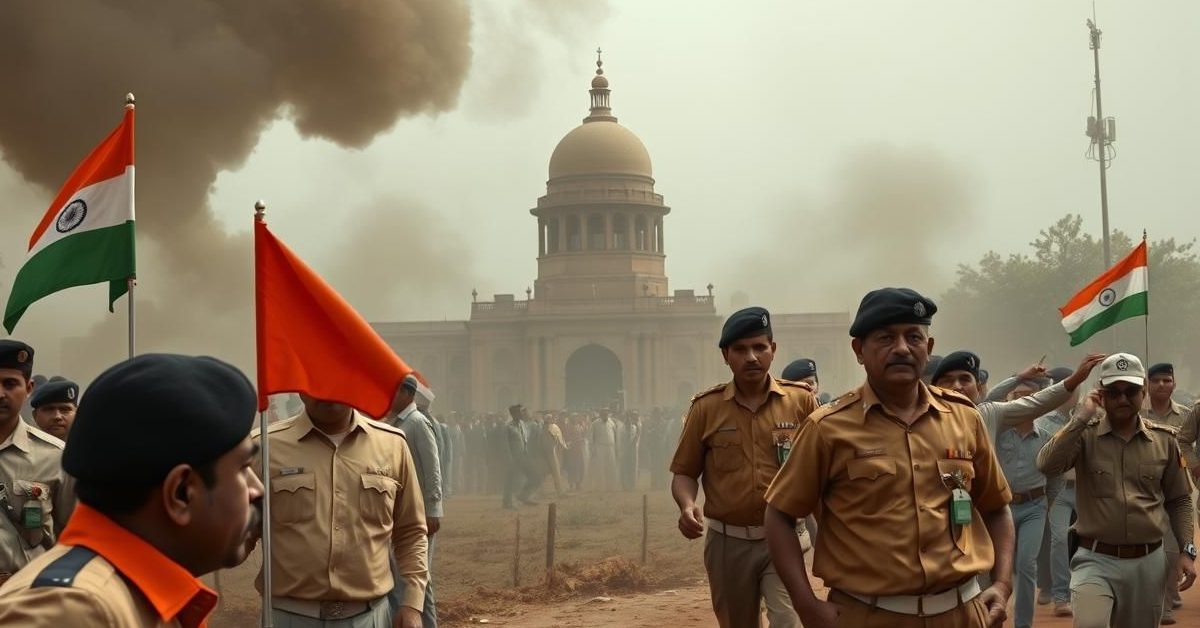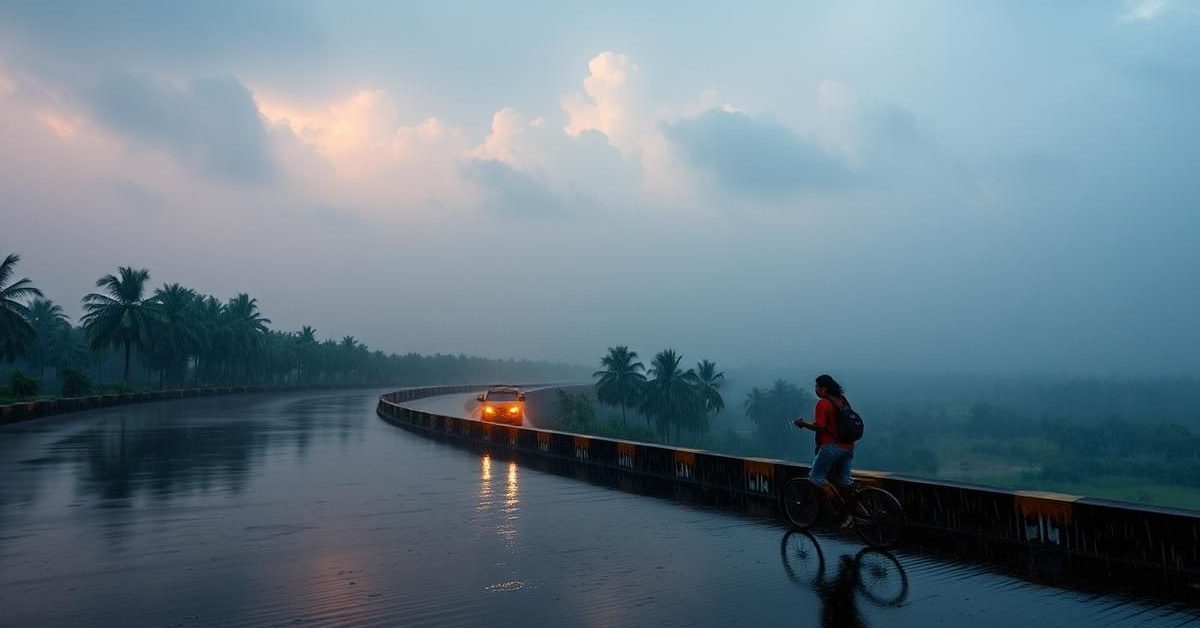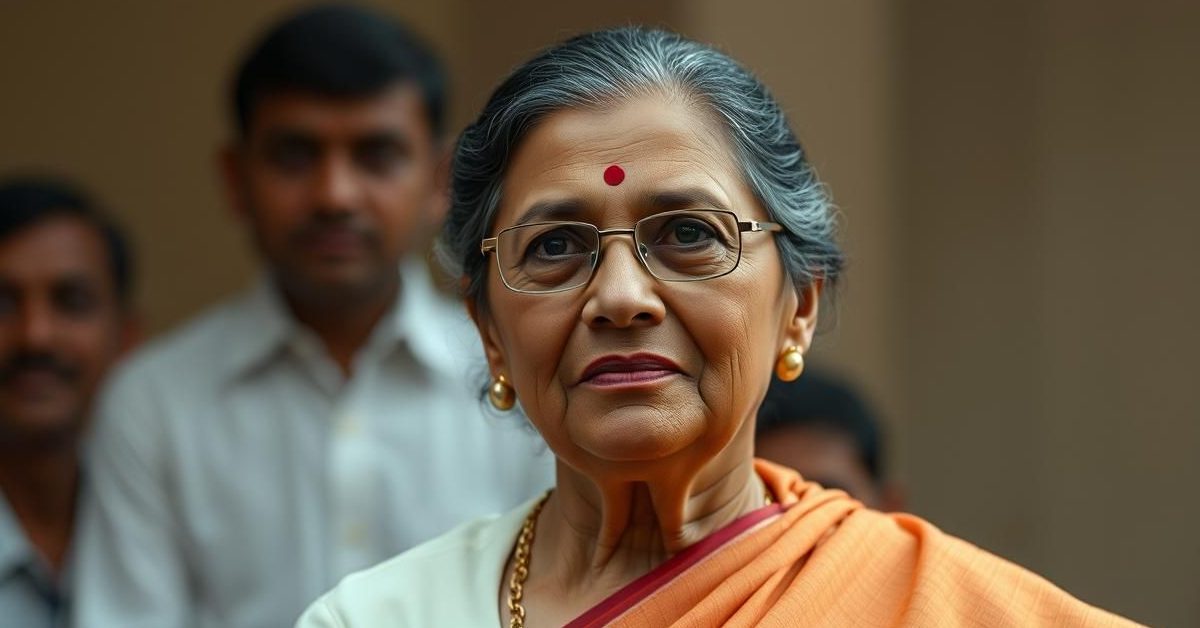India’s Dark Hour: Unpacking the 1975 Emergency
Few periods in independent India’s history stir as much debate and introspection as the National Emergency declared on June 25, 1975. For 21 tumultuous months, the very fabric of Indian democracy was tested, leaving an indelible mark on its institutions and the collective consciousness of a nation. This wasn’t merely a political decision; it was a profound shift that echoed through every household, impacting fundamental freedoms and forever altering the relationship between the state and its citizens.
The Gathering Storm: Precursors to the Crisis
To understand the Emergency, one must first grasp the turbulent environment that preceded it. The early 1970s, despite the triumph of the 1971 Bangladesh Liberation War, were fraught with domestic challenges. India grappled with severe economic woes—inflation soared, unemployment was rampant, and oil prices spiked internationally. This economic distress fueled widespread social unrest, leading to strikes and protests across the country.
Political Earthquakes: The Allahabad High Court Verdict
Amidst this simmering discontent, a critical legal battle unfolded. Raj Narain, who had contested against then-Prime Minister Indira Gandhi in the 1971 Lok Sabha elections from Rae Bareli, filed a petition alleging electoral malpractice. On June 12, 1975, the Allahabad High Court, led by Justice Jagmohanlal Sinha, delivered a bombshell verdict. It found Indira Gandhi guilty of electoral malpractices, declaring her election void and barring her from holding any elected office for six years. This judgment sent shockwaves through the political establishment, creating an unprecedented constitutional crisis.
The Call for ‘Total Revolution’: Jayaprakash Narayan’s Movement
Parallel to the legal challenges, a powerful non-violent movement, spearheaded by the revered socialist leader Jayaprakash Narayan (JP), gained immense traction. JP’s call for “Total Revolution” aimed to challenge corruption, unemployment, and economic disparities, urging students, farmers, and the common populace to rise against what he perceived as a corrupt and unresponsive government. His movement culminated in massive rallies, particularly in Delhi, escalating the political pressure on the Indira Gandhi government to an unbearable degree.
The Midnight Declaration: How the Emergency Was Imposed
In the dead of night, on June 25, 1975, with a cloud of political uncertainty hanging heavy, President Fakhruddin Ali Ahmed signed the proclamation of a National Emergency, acting on the advice of Prime Minister Indira Gandhi. The official reason cited was “internal disturbance” under Article 352 of the Constitution. The declaration was swift and decisive. Within hours, key opposition leaders, including Jayaprakash Narayan, Morarji Desai, and Atal Bihari Vajpayee, were arrested under the draconian Maintenance of Internal Security Act (MISA).
Silencing Dissent: The Grip of Censorship
One of the most chilling aspects of the Emergency was the immediate and comprehensive censorship imposed on the press. Electricity was cut to major newspaper offices in Delhi, and journalists found themselves unable to report on the dramatic events unfolding around them. News agencies were brought under government control, and pre-censorship became the norm. This effectively stifled dissent, creating an information vacuum and leaving citizens reliant on government-controlled media for updates. The fundamental right to freedom of speech and expression, enshrined in Article 19, was severely curtailed.
Erosion of Rights: The Impact on Fundamental Freedoms
Beyond press censorship, the Emergency led to the suspension of several fundamental rights, notably those under Article 19 (freedom of speech, assembly, association) and Article 21 (right to life and personal liberty) through a presidential order under Article 359. Citizens could no longer approach the courts to enforce these rights. The infamous *ADM Jabalpur v Shivakant Shukla* case, often referred to as the Habeas Corpus case, saw the Supreme Court rule in favor of the government, upholding the suspension of the right to habeas corpus during the Emergency. This judgment remains a controversial chapter in India’s legal history.
Constitutional Overhaul: The 42nd Amendment Act
During the Emergency, the Parliament, dominated by the ruling party, passed a series of far-reaching constitutional amendments, the most significant being the 42nd Amendment Act of 1976. This amendment, often dubbed the “Mini-Constitution,” significantly altered the basic structure of the Indian Constitution. It curtailed the power of the Supreme Court and High Courts to review constitutional validity of laws, enhanced the power of the Parliament, and transferred subjects from the State List to the Concurrent List, centralizing power. It also added the words “socialist,” “secular,” and “integrity” to the Preamble.
The Aftermath and Lessons Learned: Safeguarding Democracy
The Emergency finally ended in January 1977, with Indira Gandhi announcing fresh elections. The subsequent general election saw a remarkable public backlash, with the Congress Party suffering a crushing defeat and the Janata Party, a coalition of opposition parties, coming to power. This democratic verdict underlined the Indian people’s unwavering commitment to their fundamental freedoms.
In its wake, the 44th Amendment Act of 1978 was passed, primarily to undo many of the changes brought about by the 42nd Amendment. Crucially, it re-established that fundamental rights, particularly Article 20 (protection in respect of conviction for offences) and Article 21 (protection of life and personal liberty), cannot be suspended even during an Emergency. It also changed the ground for declaring an emergency from “internal disturbance” to “armed rebellion,” making it more difficult to impose such a state. The Emergency stands as a stark reminder of the fragility of democratic institutions and the constant vigilance required from both the state and its citizens to uphold the values of liberty, justice, and rule of law.















